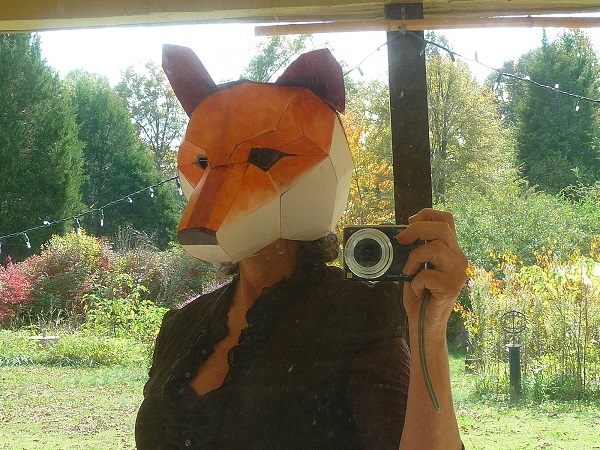About Jamie
Growing up in North Carolina, with it's natural beauty, rich traditions and diverse peoples, I found easy expression in art. I began to paint when I was a young child, drawing from (and sometimes on!) my surroundings. I studied printmaking and ceramics in college. I worked in pastels and ink. I found a true love of oil painting. I learned to weld, working large functional pieces and later studied blacksmithing at the fabulous Penland School of Crafts (seriously, you should go) where I created more sculptural work.
I stumbled into painting with encaustic in 2009. It is a medium made of beeswax, damar resin and pigment. The paint must be molten to work, so my palette is a hotplate. The hot liquid wax is applied to a porous surface. I like to use wood. The paint is then fused to the working surface with a torch or heat gun. Then another layer is applied and fused. It can be cast, carved and scratched. It is compatible with oil paint,oil sticks, ink and pastels. You can embed collage elements. It is a versatile and expressive medium. I was amazed to find something that encompassed so many of the things that I loved, that blurred the lines between several mediums. I have returned to Penland to study several times to explore this revelation.
I have found a love of teaching encaustic painting and recently became a R&F certified instructor. I am a firm believer that everyone has the capacity to express themselves through art. I offer classes and workshops throughout the year. I will announce new classes in the “happenings” tab of my website.
I love the sweet visions of Marc Chagall, the strong feminine of Georgia O'Keeffe, the color and line of Richard Diebenkorn, the playful observance of Toulouse-Lautrec and the relaxed looseness of Joan Miro.
Allegorical, primitive, personal and political, my work is inspired by the simple lines and forms of the natural world and the nuanced chaos and complexity of the human condition. Drawing on my 40 year career as a bartender, I explore how relationships, connections and environment interplay to form a narrative and inform our prospective.
About Encaustic
Encaustic is a Greek work meaning "to burn in". It's archival qualities allow us to trace it's origins back to the 5th century BC. The ancient Greeks used wax and resin to waterproof and decorate their war ships. Artists refined this technique and began to use encaustic to portray mythological scenes and for portrait painting. (Fayum Funeral Portraits, 2nd century AD) Pliny The Elder's master work, Natural History, mentions encaustic painting. The process of painting in encaustic was difficult and time consuming, and it died out for a millennium and a half. With the invention of portable electric heating implements in the 20th century, encaustic became more accessible. In the 1940's Jasper Johns, Diego Rivera, Robert Rauschenberg and others began to incorporate encaustic in their paintings.
